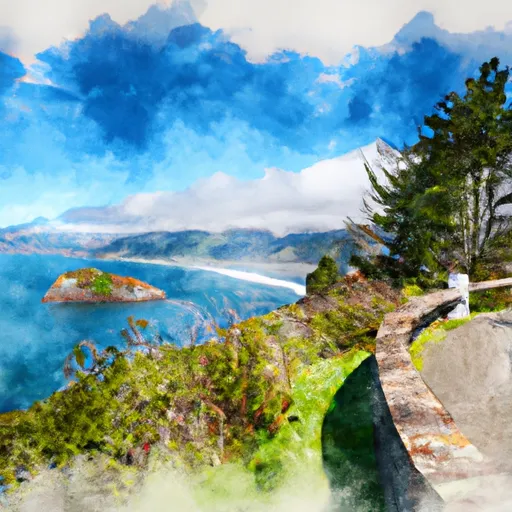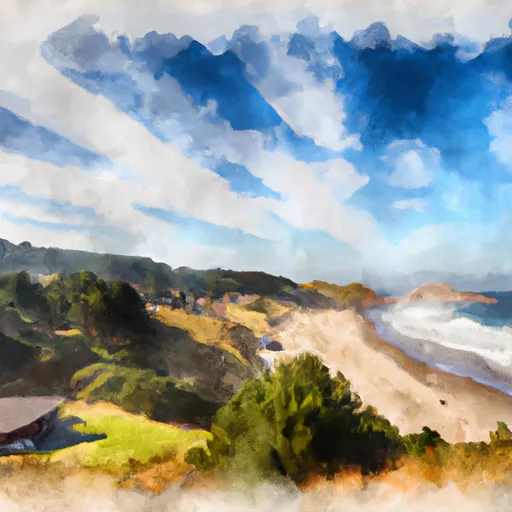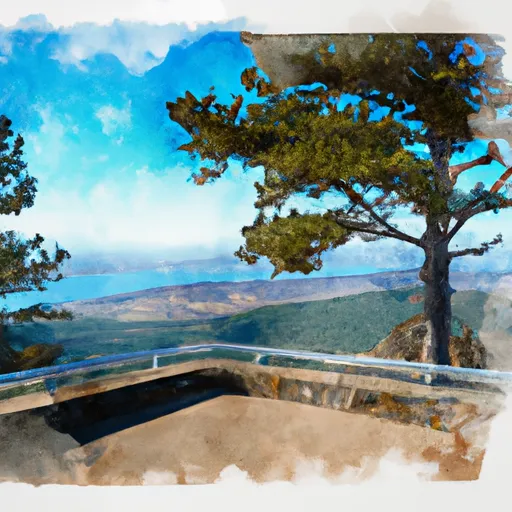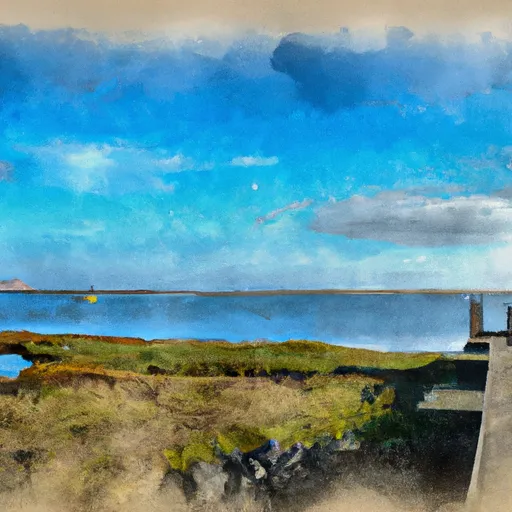Cape Meares National Wildlife Refuge
Rate this placeLast Updated: December 25, 2025
Cape Meares National Wildlife Refuge is a protected natural area located on the Oregon coast.
°F
°F
mph
Wind
%
Humidity
Summary
The refuge covers over 3 miles of shoreline and is home to a variety of wildlife species, including seabirds, bald eagles, and gray whales.
There are several good reasons to visit Cape Meares, including its scenic beauty, wildlife viewing opportunities, and unique geological features. One of the main points of interest at the refuge is the Cape Meares Lighthouse, which was built in 1890 and is open to the public for tours. Visitors can also explore the nearby Octopus Tree, a unique Sitka spruce that has multiple trunks and a twisted shape.
Other interesting facts about Cape Meares include its history as a Native American settlement and logging site, as well as its designation as a protected wildlife refuge in 1938. In addition to the lighthouse and the Octopus Tree, visitors can also hike the Cape Meares Trail, which offers stunning views of the Pacific Ocean and nearby islands.
The best time of year to visit Cape Meares is during the summer months, when the weather is mild and wildlife is most active. However, the refuge is open year-round and offers opportunities for birdwatching, hiking, and sightseeing in all seasons. Visitors are advised to check the weather forecast and dress appropriately for the conditions, as weather on the Oregon coast can be unpredictable.
Weather Forecast
Park & Land Designation Reference
Large protected natural areas managed by the federal government to preserve significant landscapes, ecosystems, and cultural resources; recreation is allowed but conservation is the priority.
State Park
Public natural or recreational areas managed by a state government, typically smaller than national parks and focused on regional natural features, recreation, and education.
Local Park
Community-level parks managed by cities or counties, emphasizing recreation, playgrounds, sports, and green space close to populated areas.
Wilderness Area
The highest level of land protection in the U.S.; designated areas where nature is left essentially untouched, with no roads, structures, or motorized access permitted.
National Recreation Area
Areas set aside primarily for outdoor recreation (boating, hiking, fishing), often around reservoirs, rivers, or scenic landscapes; may allow more development.
National Conservation Area (BLM)
BLM-managed areas with special ecological, cultural, or scientific value; more protection than typical BLM land but less strict than Wilderness Areas.
State Forest
State-managed forests focused on habitat, watershed, recreation, and sustainable timber harvest.
National Forest
Federally managed lands focused on multiple use—recreation, wildlife habitat, watershed protection, and resource extraction (like timber)—unlike the stricter protections of national parks.
Wilderness
A protected area set aside to conserve specific resources—such as wildlife, habitats, or scientific features—with regulations varying widely depending on the managing agency and purpose.
Bureau of Land Management (BLM) Land
Vast federal lands managed for mixed use—recreation, grazing, mining, conservation—with fewer restrictions than national parks or forests.
Related References
Area Campgrounds
| Location | Reservations | Toilets |
|---|---|---|
 Barview Jetty County Campground
Barview Jetty County Campground
|
||
 Cape Lookout Campground
Cape Lookout Campground
|
||
 Biker/Hiker Campground Area
Biker/Hiker Campground Area
|
||
 Kilchis Park
Kilchis Park
|

 Cape Meares State Scenic Viewpoint
Cape Meares State Scenic Viewpoint
 Oceanside Beach State Recreation Site
Oceanside Beach State Recreation Site
 Three Arch Rocks Wilderness Area
Three Arch Rocks Wilderness Area
 Symons State Scenic Viewpoint
Symons State Scenic Viewpoint
 Barview Jetty County Park
Barview Jetty County Park